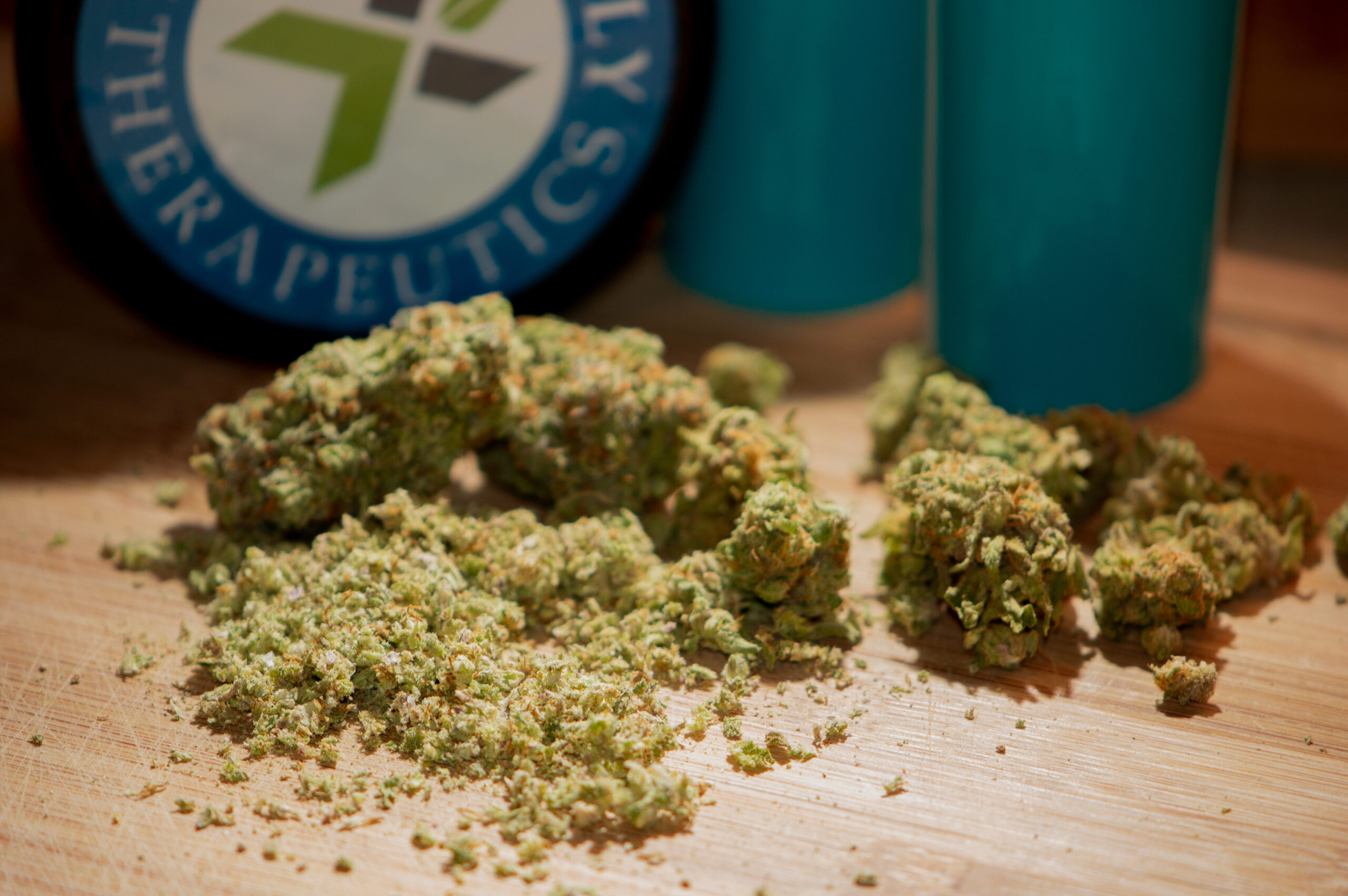
December 1, 2020 – By Angela Laufer
Cannabis decarboxylation must occur before cooking, baking, or extracting oil from the dried flower buds of cannabis plant in order to reap the benefits of activated CBD or THC. Learn more about how, when, and why to decarboxylate cannabis for making edibles, medicine, and more at home.
What is Cannabis Decarboxylation?
If you have never decarboxylated cannabis before, the process can be understandably confusing and daunting. Don’t worry; I’m here to help you understand this process!
You will often hear this process referred to as “decarb” or “decarbing” cannabis flower, and it is an important step to take if you plan on making homemade cannabis edibles.
But what is decarboxylation, and why do we need to do it, anyway? If you were to eat a whole dried or raw cannabis flower bud, it is unlikely that you will feel the intoxicating effects of THC. That is because raw cannabis does not naturally contain high amounts of CBD or THC, instead it contains what is known as cannabinoid acids –the precursors to CBD and THC-.
Cannabinoid acids, known as CBDA and THCA, have potential health benefits -but they are not intoxicating in nature (meaning you will not get high). To convert these non-intoxicating cannabinoid acids into the activated cannabinoids we want to consume, a process called decarboxylation must occur.
By definition, decarboxylation is a chemical reaction that removes a carboxyl group and releases carbon dioxide.
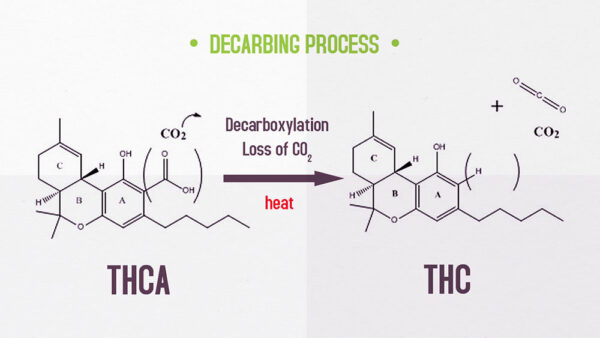
The process of cannabis decarboxylation must occur before our bodies can absorb certain cannabinoids, like CBD or THC, through digestion. Cannabis decarboxylation is necessary to experience the activated effects of CBD or THC when making cannabis edibles, cannabis topicals, oil extraction, and more. Cannabis science is still very new, (real research on cannabis -not synthetized- only just started in the early 90’s) thus there are still many questions that science does not yet have exact answers to. While there is a general understanding of the science behind the decarboxylation process, truthfully, it is all just one big experiment in a home kitchen.
Below we will explore the several different ways you can decarboxylate your cannabis flower at home.
The Full Cannabis Spectrum
If you ask one hundred different cannabis experts or chefs how they decarboxylate their cannabis, you will likely get 100 different answers. Everybody has their own way, temperature, and time span in which they take, and so you too will find what’s right for you!
Each cannabis plant highly unique and contains a full spectrum of compounds including cannabinoids, terpenes, and more. The cannabinoid and terpene profile varies from plant to plant, which makes replicating and reproducing consistent results challenging.
While the variations are slight, they are often accompanied by years of experience, alterations and personal preference, just like cooking recipes throughout your life.
We hope that this beginner’s guide will help you find a decarboxylation process that is right for you.
Why You Need to Decarboxylate Your Cannabis
New cannabis consumers may not realize that eating dried or raw cannabis flower will proved little to no intoxicating effect at all.
This can be good or bad depending on your desired experience. This is because raw cannabis flower contains tetrahydrocannabinolic acid (THCA), a non-intoxicating substance that can be converted into the intoxicating substance tetrahydrocannabinol 9-THC (Delta 9 THC) through the decarboxylation process. This process also converts cannabidiolic acid (CBDA) into cannabidiol (CBD).
There are two primary ways to decarboxylate the cannabis flower.
We will explore the pros and cons of each method below.
Cannabis Decarboxylation with Heat
Decarboxylation occurs when cannabis is exposed to heat, light, cofactors (“helper molecules” AKA non-protein chemical that assists with a biological chemical reaction), or solvents, all of which can be manipulated within your own kitchen.
A safe decarboxylation process is the first step to take before transforming cannabis flower into cannabis coconut oil, cannabis butter, cannabis olive oil, or a cannabis tincture.
Decarboxylation can be done in your own kitchen at home by baking the dried cannabis in the oven at a low temperature for a certain period of time.
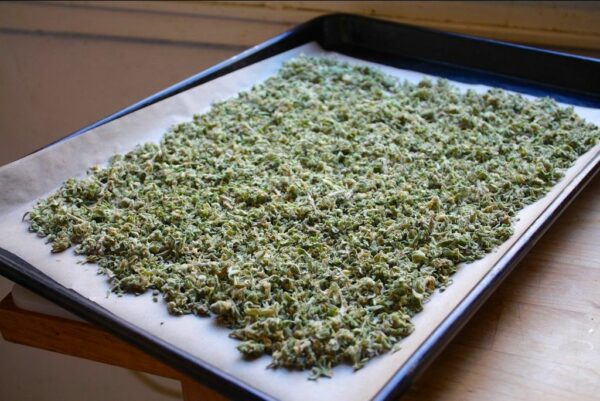
Remember, without decarboxylation, you will not experience the full range of beneficial health effects of cannabinoids like 9-THC or CBD. The goal of cannabis decarboxylation is to heat the flower at a low temperature over a specific period of time to allow decarboxylation to occur without destroying the other beneficial plant matter such as the terpenes or flavonoids. Keeping each terpene and flavonoid intact proves difficult because each cannabinoid and each terpene decarboxylates at its own specific temperature. For the most popular cannabinoid THC, it is believed THCA begins to decarboxylate at approximately 220° F after around 30-45 minutes of exposure, with full decarboxylation typically taking longer to occur. There are very few definitive time recommendations available today, and each chef and online resource having their own preferred time and temperature formula preference. Research and experiment your own, and you will find which are right for you.
General Temperature Recommendations
You will likely develop your own time and temperature preferences based on the specific strain of cannabis flower you are starting with. Once the raw cannabis flower has been decarboxylated, it can be used in a wide variety of culinary applications, in place of where other dried herbs would be used. Many patients will make their own tea, spice, or seasoning blends with their decarboxylated flower or simply use the cannabis flower to make an oil, or butter, with a simple infusion process.
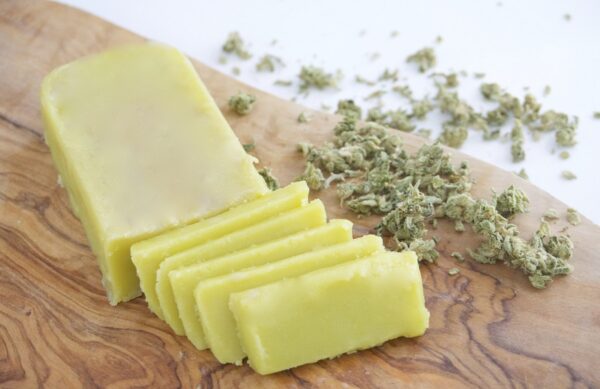
Decarboxylation with Fat
Making cannabis extracts at home is popular because they are versatile, relatively easy to prepare, and easy to consume. However, the decarboxylation with the heat method mentioned above may not be ideal for some home cooks, because it does produce a powerful odor.
A more traditional method is decarboxylating cannabis in a slow cooker or on the stove with both heat and solvents (fat) for an extended period of time to achieve decarboxylation. In this case, fat and oil act as the solvent.
When paired with heat over time, this method creates a decarboxylated cannabis oil that can then be used in various application methods, including cannabis recipes. The odor associated with this decarboxylation method is typically much milder and inconspicuous if done correctly.
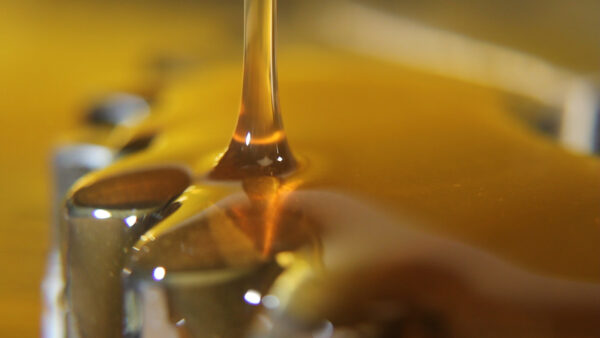
Using a plant-based cooking oil like olive oil or coconut oil or traditional butter is a great place to start for anyone who wants to make their own infused oil at home. Some prefer the cannabis oil infusion method over alcohol solvent extraction methods because it is believed that less toxic substances will leftover in the final product.
Compared to other solvent extraction methods, including ethanol, petroleum, and naphtha extraction, olive oil was the most optimal choice for the preparation of cannabis oils for delf-medication. For those who want to try this method at home, this process involves a water bath in a slow cooker, crockpot, instant pot, sous vide set up, or on the stovetop.
In this method, dried cannabis flower is combined with the desired cooking oil in a double boiler or glass mason jar and left to cook at a low temperature of 185-195° F (not to exceed 245°F) for up to 8 hours.
After the cooking process, the cannabis plant matter is then strained and separated from the oil (often with such tools as a cheese cloth) and discarded or repurposed. This leaves a cannabis cooking oil that can then be used in various delicious cannabis recipes.
Hopefully you have gained some knowledge on the how, and the why of decarboxylation, and the confidence to be able to experiment on your own. Happy cooking (: